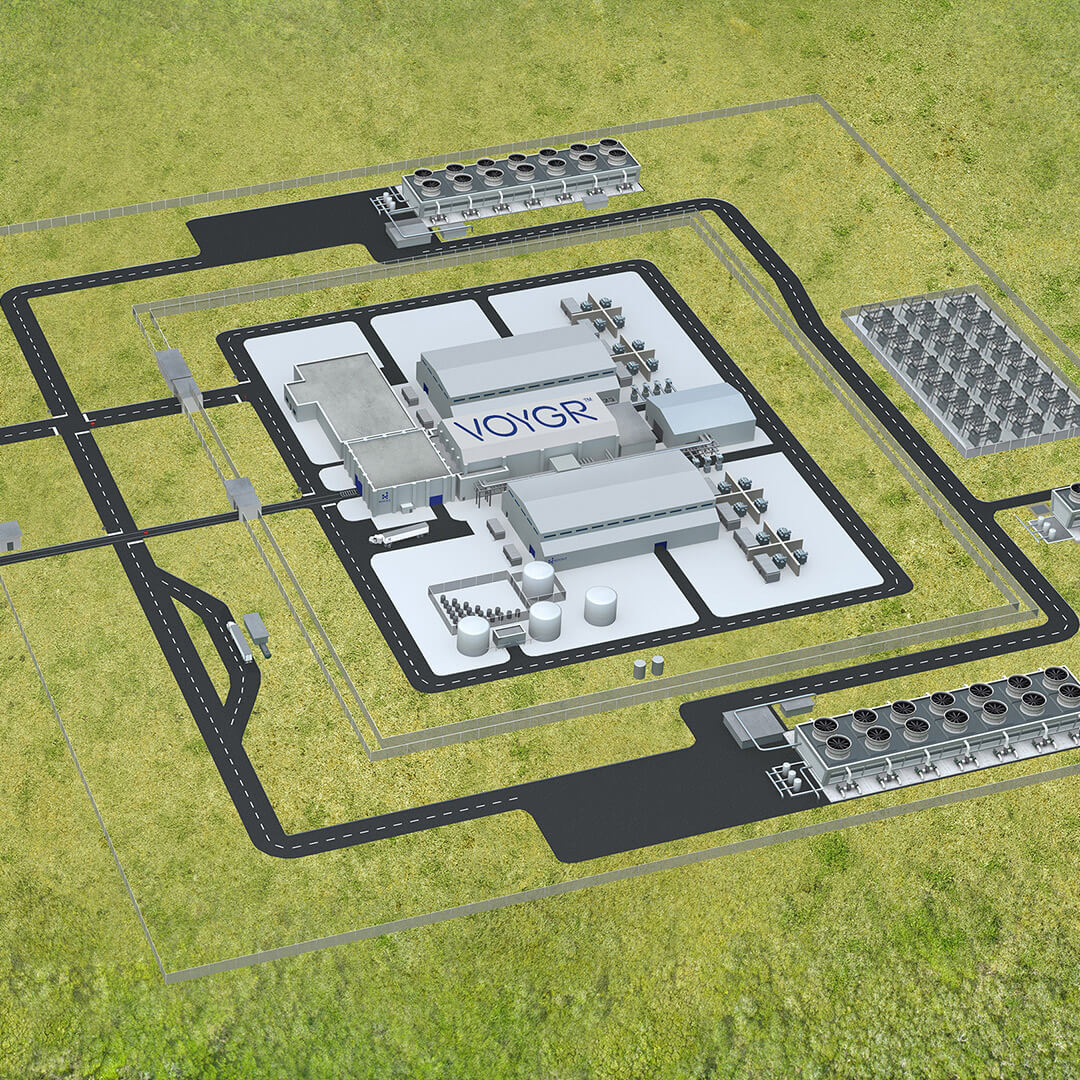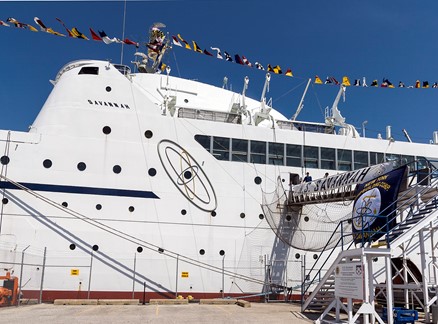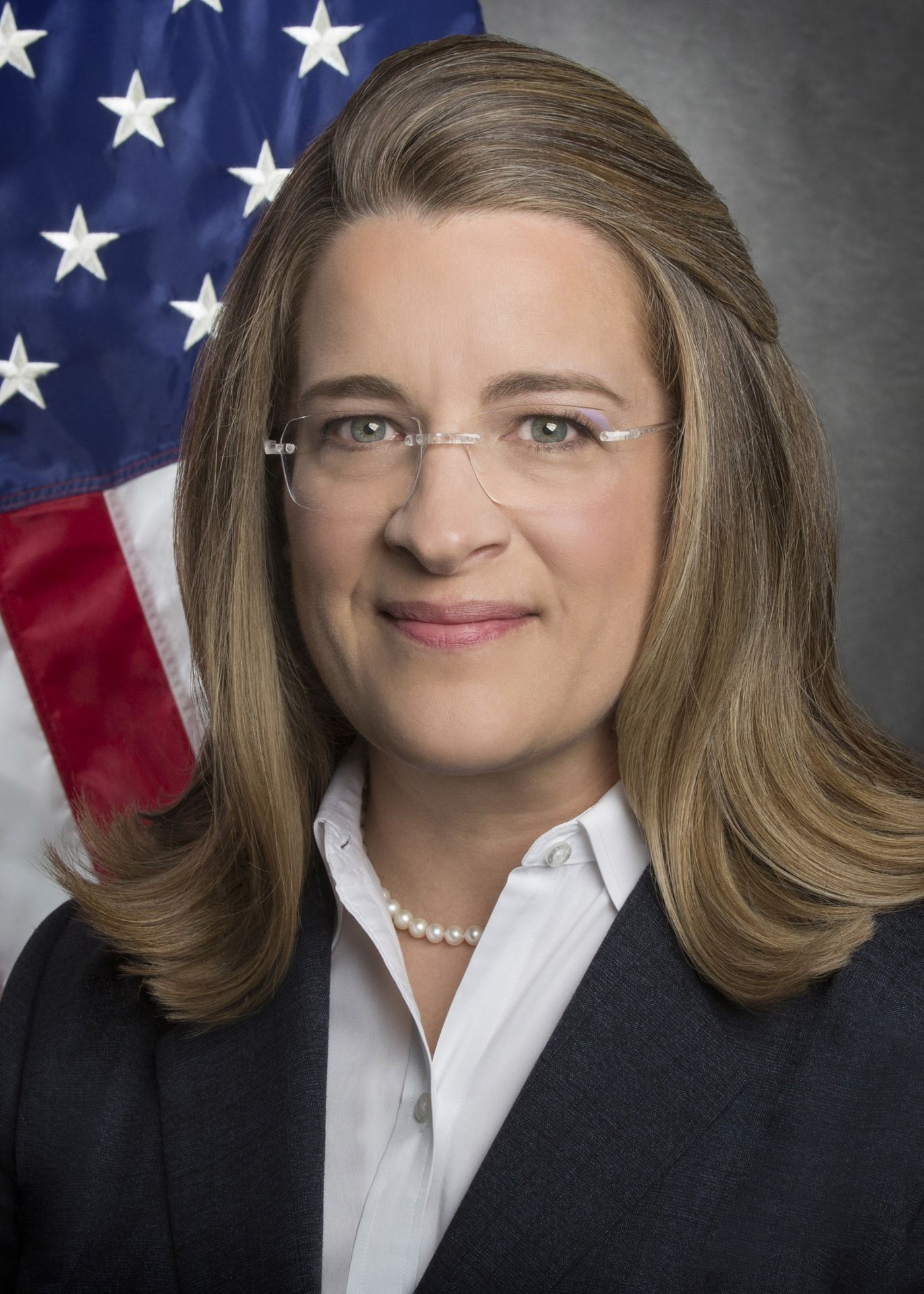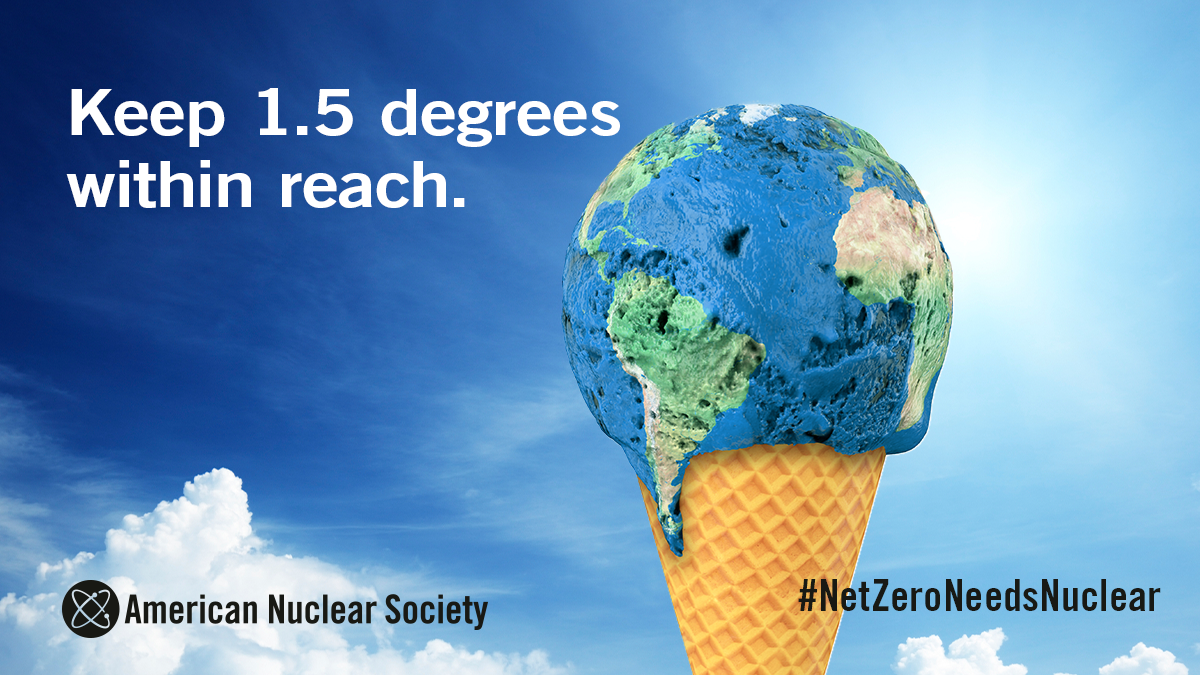Pictured at the DOE's EM headquarters, from left, are Ana Han, foreign affairs specialist, EM International Program; Joceline Nahigian, director, EM Office of Intergovernmental and Stakeholder Programs; Scott Whiteford, deputy director, DOE Office of Legacy Management; William “Ike” White, EM senior advisor; Masaki Nakagawa, special advisor to executive directors, NDF; Tokuhiro Yamamoto, executive director, NDF; Shin Morita, managing director, International Affairs Group, NDF; Taro Hokugo, managing director, International Affairs Group, NDF; Jeff Avery, EM principal deputy assistant secretary; Angela Watmore, deputy assistant secretary, EM Office of Acquisition and Project Management; and Ming Zhu, EM senior advisor for laboratory policy. (Photo: DOE)
Representatives from the Japan Nuclear Damage Compensation and Decommissioning Facilitation Corporation (NDF) recently visited the Department of Energy's Office of Environmental Management (EM) headquarters in Washington, D.C., and the Hanford Site in Washington state to promote collaboration and provide updates on the status and plans to decommission Japan's Fukushima Daiichi nuclear power plant. The Great East Japan Earthquake of March 11, 2011, caused damage to the plant and surrounding communities. The NDF was created in September 2011 to oversee the decommissioning and cleanup of the plant, which is owned by the Tokyo Electric Power Company.
MCRE could be built inside the ZPPR cell (shown here) at INL’s Materials and Fuels Complex. (Photo: INL)
A tiny 200-kWt reactor the Department of Energy says would be the first critical fast-spectrum circulating fuel reactor and the first fast-spectrum molten salt reactor (MSR) could be built and operated inside the Zero Power Physics Reactor (ZPPR) cell at Idaho National Laboratory’s Materials and Fuels Center (MFC). Details included in the Molten Chloride Reactor Experiment (MCRE) draft environmental assessment (EA)—released on March 16 for two weeks of public comment (later extended to four weeks, through April 14)—covered the potential environmental impacts associated with the development, construction, operation, and decommissioning of MCRE at INL, facilitated by the National Reactor Innovation Center (NRIC).
Using GeoMelt ICV technology to treat and immobilize problematic low-level wastes at INL and WCS.
A sample of GeoMelt glass. (Photos: Veolia)
When it comes to managing nuclear waste, technology is transforming the way some of the most problematic waste is handled. The idea to transform nuclear waste into glass was developed back in the 1970s as a way to lock away the waste’s radioactive elements and prevent them from escaping. For more than 40 years, vitrification has been used for the immobilization of high-level radioactive waste in many countries around the world, including the United States.
The NS Savannah—the first merchant ship powered by a nuclear reactor.
The American Bureau of Shipping (ABS) has announced the launch of a research project that will look into barriers to the adoption of advanced nuclear propulsion for commercial vessels.
The $794,000 project, awarded to ABS last year by the Department of Energy’s Office of Nuclear Energy, is now being formally contracted through the DOE’s U.S. Industry Opportunities for Advanced Nuclear Technology Development funding opportunity, according to ABS’s August 17 announcement. Support is to be provided by Idaho National Laboratory’s National Reactor Innovation Center (NRIC).
John Wagner, director of Idaho National Laboratory and president of Batelle Energy Alliance, delivered the keynote address at the 26th Annual Nuclear Generator & Supplier Executive Summit. (Photo: USA)
The 26th Annual Nuclear Generator and Supplier Executive Summit, hosted by Utilities Service Alliance (USA), was held at the Coeur d’Alene Golf and Spa Resort in Idaho from June 28 through July 1. About 375 attendees were present for this year’s meeting, themed “Nuclear’s Next Wave” which featured presentations and discussions on emerging nuclear technologies and designs, as well as an integrated tradeshow with about 50 industry suppliers exhibiting products, services, and ideas.
Idaho National Laboratory nuclear engineer Yasir Arafat (Photo: INL)
From refugee in Bangladesh to top nuclear engineer at Idaho National Laboratory, ANS member Yasir Arafat has led quite an interesting life, as described in a recent online profile written by Donna Kemp Spangler for the INL website. Arafat is leading the development of the Department of Energy’s Microreactor Applications Research Validation and EvaLuation (MARVEL) project at INL. The profile notes that MARVEL, which Arafat envisioned soon after joining INL in 2019, is scheduled to be “built and demonstrated at INL’s Transient Reactor Test Facility and connected to the world’s first nuclear microgrid within two years.”
Annie Caputo (left) and Bradley R. Crowell















